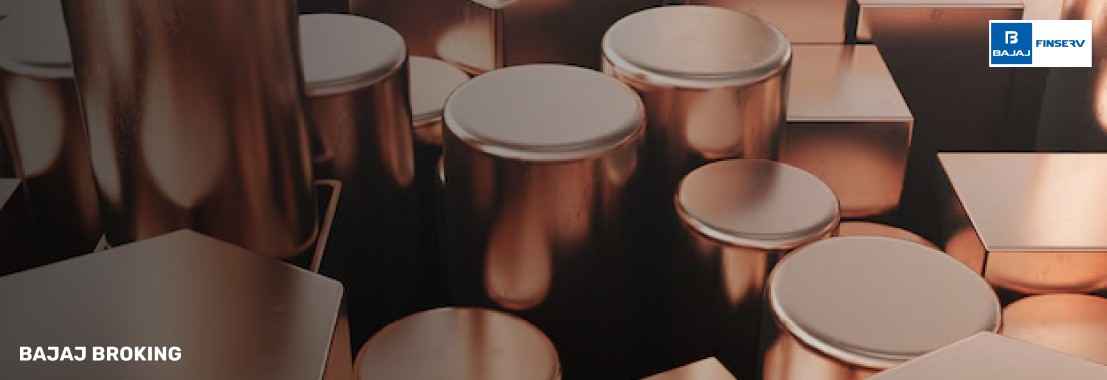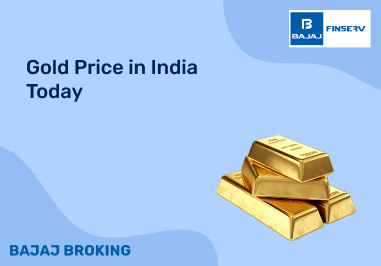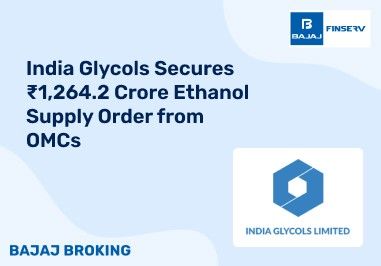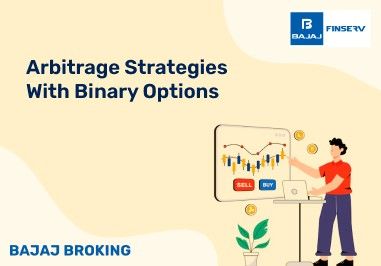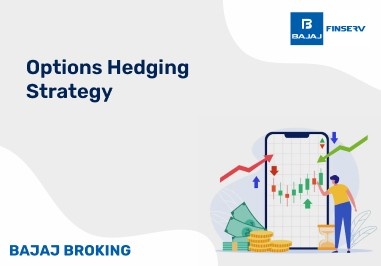Copper is an essential industrial metal that is widely used in electrical wiring, construction, manufacturing, electronics, and so much more. With an importance like this, copper’s demand fluctuates based on global economic conditions. This makes it a popular asset for investors and traders. That being said, copper futures are standardised contracts that help buyers and sellers trade copper at a predetermined price on a future date. These contracts are traded on commodity exchanges like the MCX (Multi Commodity Exchange) in India.
In essence, investors and businesses use copper futures to hedge against price changes and traders to monitor and speculate on copper’s price movements to earn profits. Usually, the price of copper futures is influenced by a number of factors, like supply chain disruptions, global demand, and economic conditions. Unlike physical copper, futures trading requires only a margin deposit. Hence, by trading these contracts, businesses can lock in costs, and traders can take advantage of the price swings without holding any physical copper. This makes it more accessible to investors. Let's take a look at the basics of copper investing and how to invest in copper in India.
Copper Futures Investing Explained
As stated earlier, copper futures are traded on major commodity exchanges like the MCX in India and CME (Chicago Mercantile Exchange), and LME (London Metal Exchange) globally. These contracts specify:
Size of the Contract: This is the amount of copper that is being traded.
Margin Requirement: This is the deposit required to enter a trade.
Expiry Date: This is the date when the contract will be settled.
Pricing Unit: The price per kg or pound of copper.
Now, while copper investing, traders can take either of the two positions:
Additionally, investors use copper futures for hedging, portfolio diversification, and speculation. Here's how:
Hedging: Industries that rely on copper use futures to protect against any price volatility.
Portfolio Diversification: Copper futures offer exposure to the commodities market. This balances risks in a portfolio.
Speculation: Traders buy and sell contracts to profit from short-term price changes.
Not to mention, copper futures are traded with leverage. In other terms, it means that traders only need to deposit a margin (a fraction of the contract’s value) to enter a trade. While this amplifies the potential profits, it increases the risks as well.
Furthermore, since copper prices are affected by economic factors, it is a non-negotiable for traders to analyse supply-demand dynamics, market trends, and geopolitical factors before trading.
Importance of Investing in Copper
Being a key indicator of economic health, investing in copper futures is important because it:
Offers Portfolio Diversification: Copper investing offers investors with an exposure to the commodities market. As a result, this reduces the overall reliance on any traditional assets like bonds and stocks. In other terms, adding copper futures to an investment portfolio can reduce risk by diversifying across asset classes.
Holds High Industrial Demand: Because copper is widely used in electronics, construction, transportation, and renewable energy sectors, the demand for it is only going to increase. Eventually, as the economy grows, its long-term value grows.
Offers Hedge Against Inflation: Copper prices tend to rise with inflation. This offers investors a good opportunity as well as an option to protect their wealth from currency devaluation. Moreover, industries that use copper can hedge against price volatility by locking in future prices. This reduces the financial uncertainty.
Promotes Renewable Energy and EV Growth: This is another major importance of copper investing. As the world shifts more towards green energy and EVs, it increases the demand for copper (batteries, wind turbines, solar panels).
Benefits of Trading Copper Futures
Trading copper futures has several advantages. Some of these include:
Leverage for Higher Returns: Copper futures allow traders to control large contract sizes with a smaller margin. This leverage increases the profit potential. However, it does not come without its risks.
Price Transparency: Since copper futures are traded on regulated exchanges, the prices are determined by market forces. This offers clear price transparency, regulatory oversight, and standardised contracts.
Liquidity and Ease of Trading: Copper investing can be easily done and is actively traded on MCX. It ensures smooth entry and exit for traders. High liquidity reduces the risk of price manipulation.
Profit Opportunities in Rising and Falling Markets: Traders can profit no matter what happens. Even if copper prices fall or rise, traders can take short or long positions accordingly.
Global Market Exposure: Copper futures are influenced by global demand and supply, thereby making them a good way to gain exposure to international commodity markets.
Factors that Affect Copper Price
Several global and domestic factors impact the price of copper. Some of these include:
Global Economic Conditions: As mentioned above, copper is a key economic indicator. This also means that with the growing economy, demand increases, and prices rise. Similarly, economic slowdowns or recessions can reduce industrial activity. This can further lead to lower copper prices.
Supply and Demand: A higher industrial demand pushes the price of copper. Any supply shortages due to mining disruptions or any geopolitical issues can also increase prices.
Government Policy and Regulations: Mining regulations, trade tariffs, and environmental policies can largely impact production and supply. Subsidies or incentives for green energy and EV production can drive the demand for copper.
Investor Sentiment and Market Speculation: Hedge funds and institutional investors trading copper futures can cause short-term price fluctuations. Furthermore, geopolitical tensions and macroeconomic reports are no less. They directly influence market sentiment and pricing.
Inflation and Currency Fluctuations: This is a major player. Inflation increases copper prices as the production costs rise. A weaker US dollar makes copper cheaper for other currencies, thereby increasing the demand as well as the price.
Technological Advances and Substitutes: In case industries find cost-effective alternatives to copper, the demand and prices may drop. Moreover, the constant advancements in technology can increase the supply of copper. This can again eventually end up affecting its price.
Other Methods to Trade Copper
Apart from futures contracts, investors and traders can explore alternative ways to gain exposure to copper trading. Listed below are two common methods:
Copper in Physical Form
Here, investors can buy physical copper in the form of coins, bars and Industrial-grade sheets. It offers direct ownership and is often used as a long-term hedge against inflation or currency fluctuations. However, storing the physical copper requires solid and secure facilities.
Moreover, factors like transportation, purity verification, and insurance add up to the overall cost. Additionally, unlike futures, liquidity can also be an issue. This is because selling physical copper may take immense time and also require a reliable buyer. All in all, this type is more suitable for long-term holders.
CFD’s (Contracts for Difference)
CFDs allow traders to speculate on copper price movements without actually owning the metal. They offer leverage. This helps traders to open larger positions with a smaller initial investment. Additionally, CFDs provide flexibility because traders can take both long and short positions. This makes it useful for profiting from price fluctuations.
However, high leverage also increases the risk. Hence, traders must be extremely cautious about the potential fees, losses, and overnight holding costs. In short, CFDs are more suitable for short-term, active traders.
Pros and Cons
There are several advantages to copper investing. However, it does not come without a certain set of risks. Let’s take a look at its brief!
Pros of Copper Futures
| Cons of Copper Futures
|
Offers high liquidity because they are actively traded. It also allows easy entry and exit.
| Copper prices can be unpredictable. This can lead to potential losses.
|
Traders can control larger positions with a relatively small margin. This offers an opportunity for leverage.
| There is a lot of market dependency. The prices are determined and affected by global economic conditions, industrial demand, and geopolitical events.
|
Copper acts as a hedge against inflation and economic downturns. It offers diversification.
| While the leverage amplifies the gains, it also increases the risk of potential and significant losses.
|
Offers price transparency with real-time pricing based on global demand and supply.
| If a contract is held until expiry, traders may need to deal with physical settlement. This may lead to storage and delivery issues.
|
Copper futures are traded in a regulated market which ensures fair practices.
| Futures trading requires a solid knowledge of technical analysis, market trends, and risk management. Hence, it might not be suitable for beginners.
|
Do you have a trading account app or demat account app?
You can open an account with Bajaj Broking in minutes.
Download the Bajaj Broking app now from Play Store or App Store.
Disclaimer: Investments in the securities market are subject to market risk, read all related documents carefully before investing.
This content is for educational purposes only. Securities quoted are exemplary and not recommendatory.
For All Disclaimers Click Here: https://www.bajajbroking.in/disclaimer
